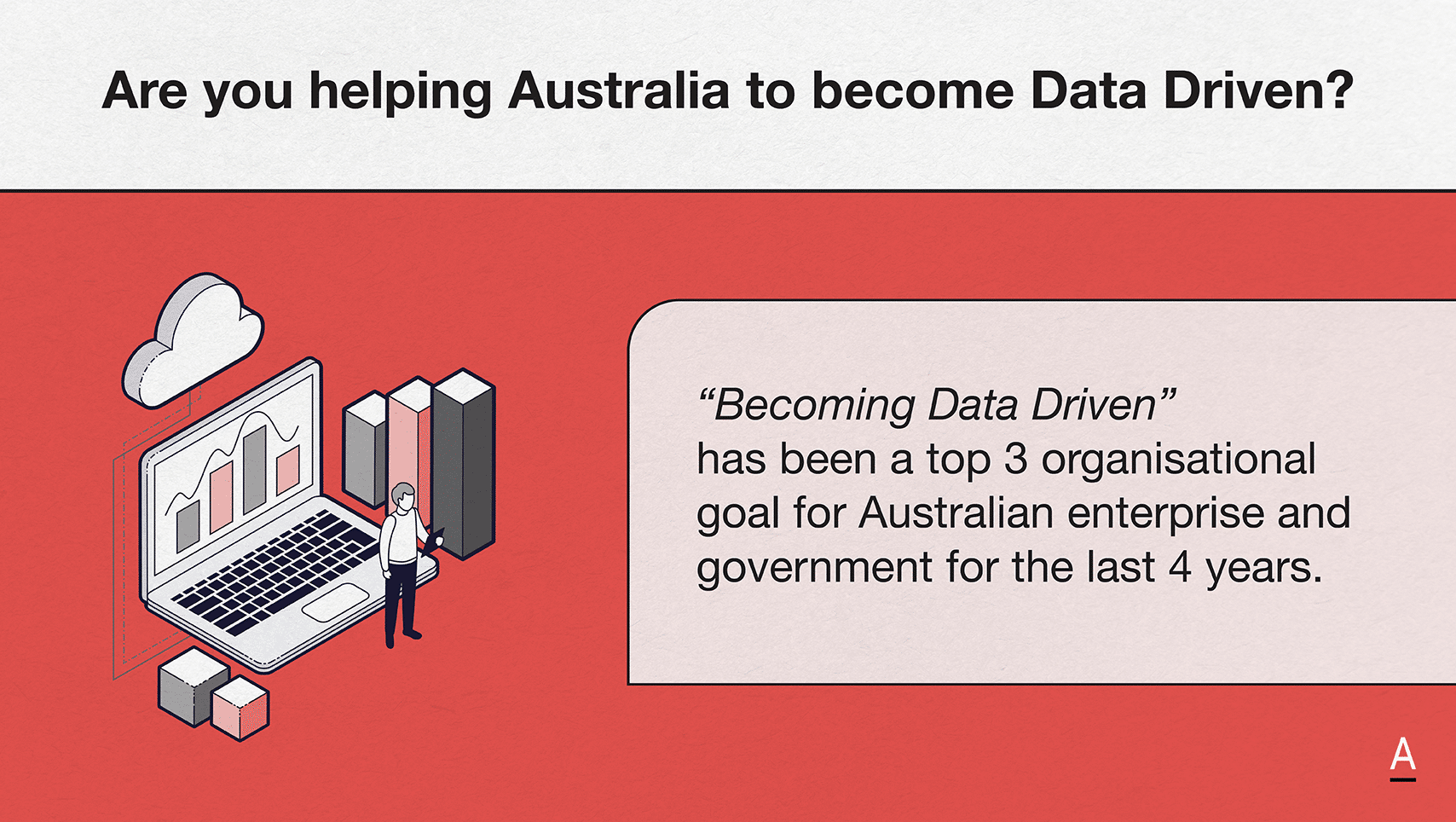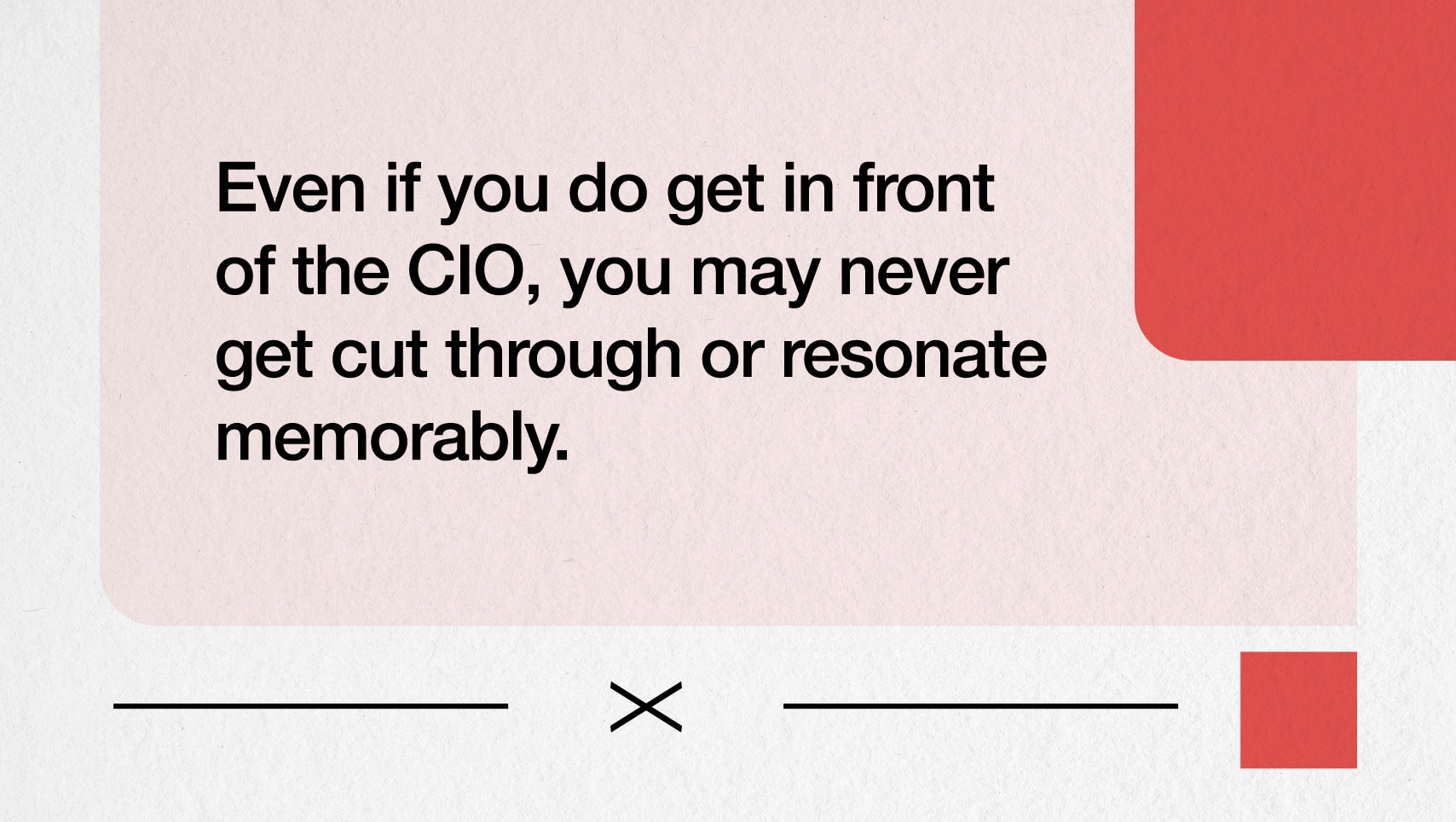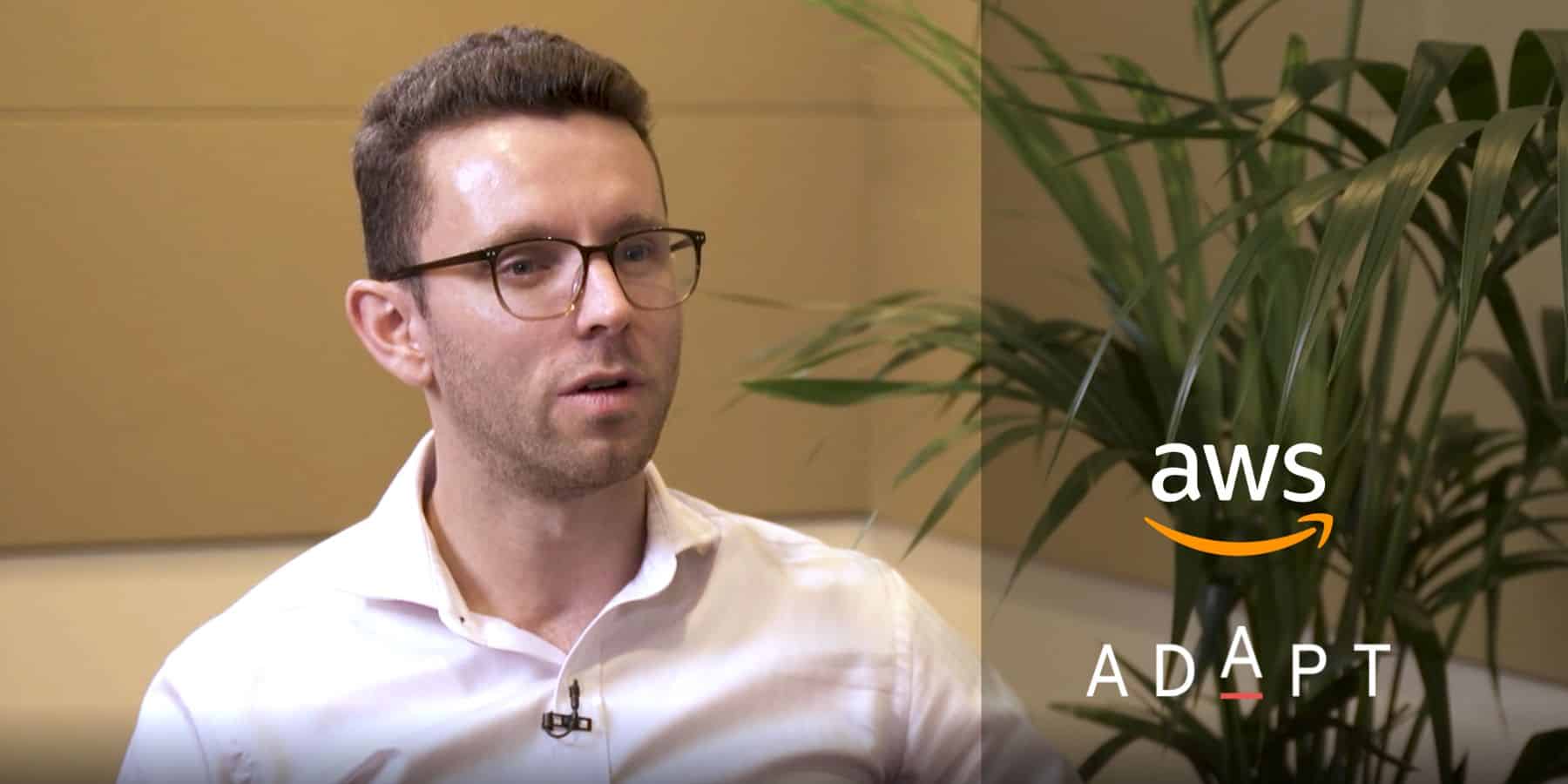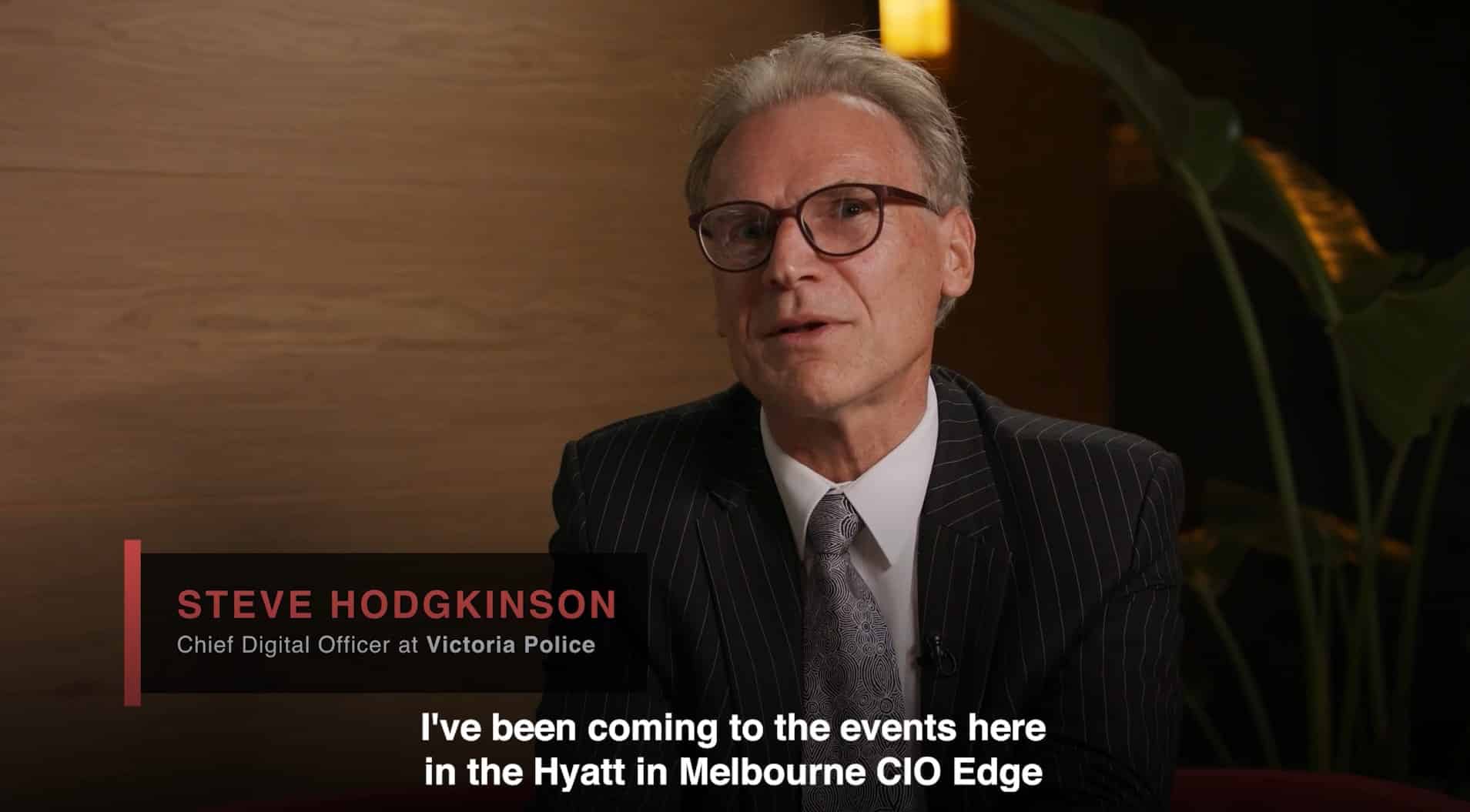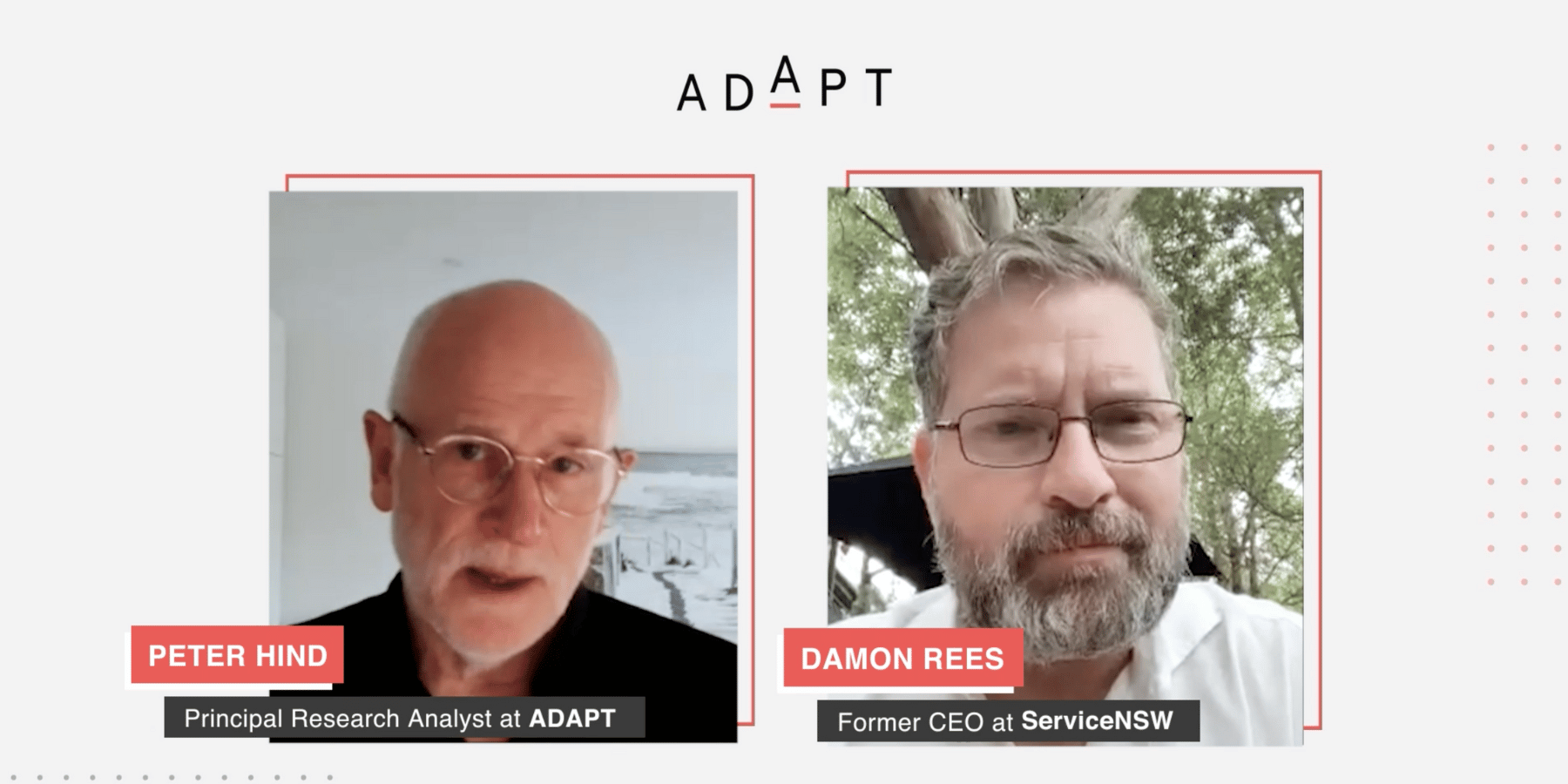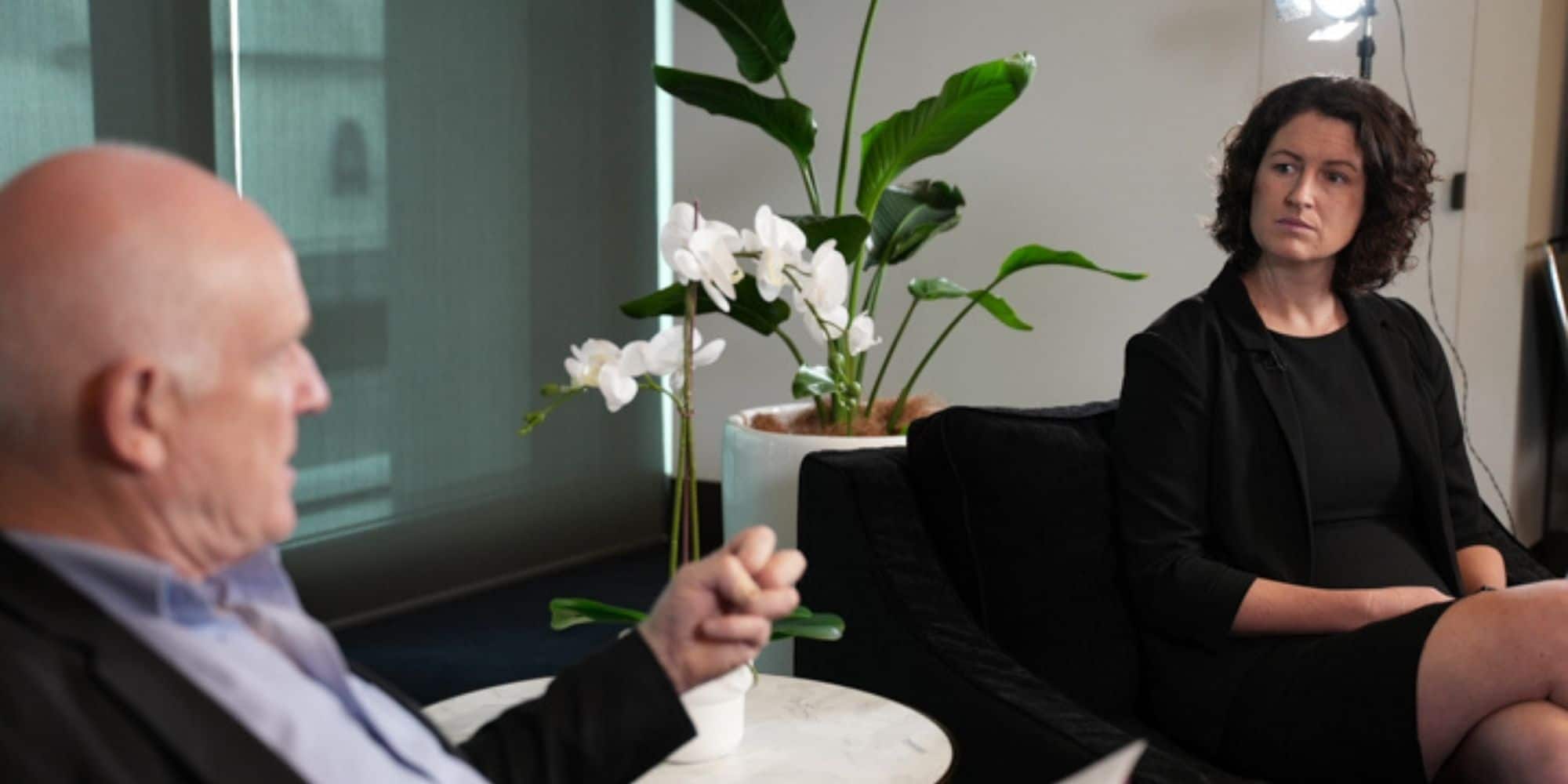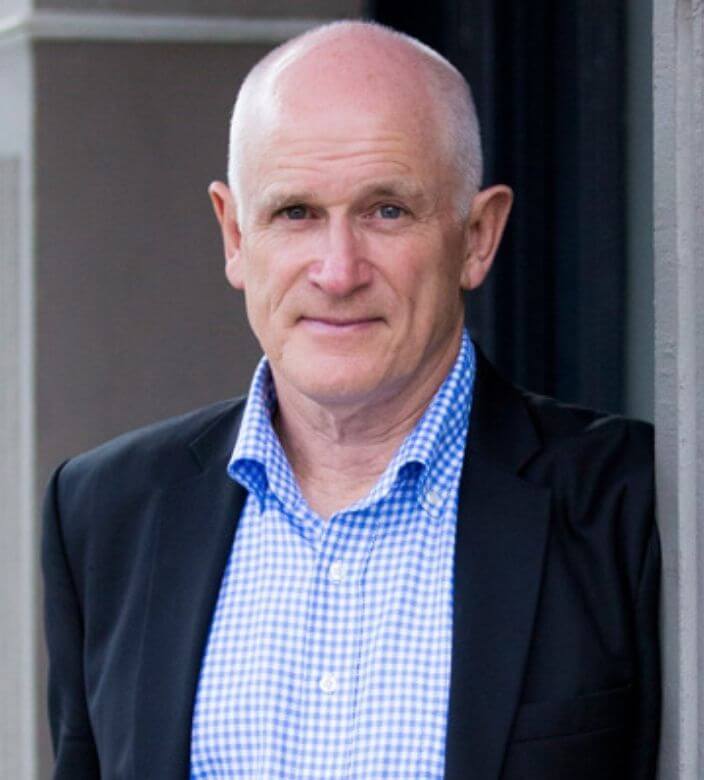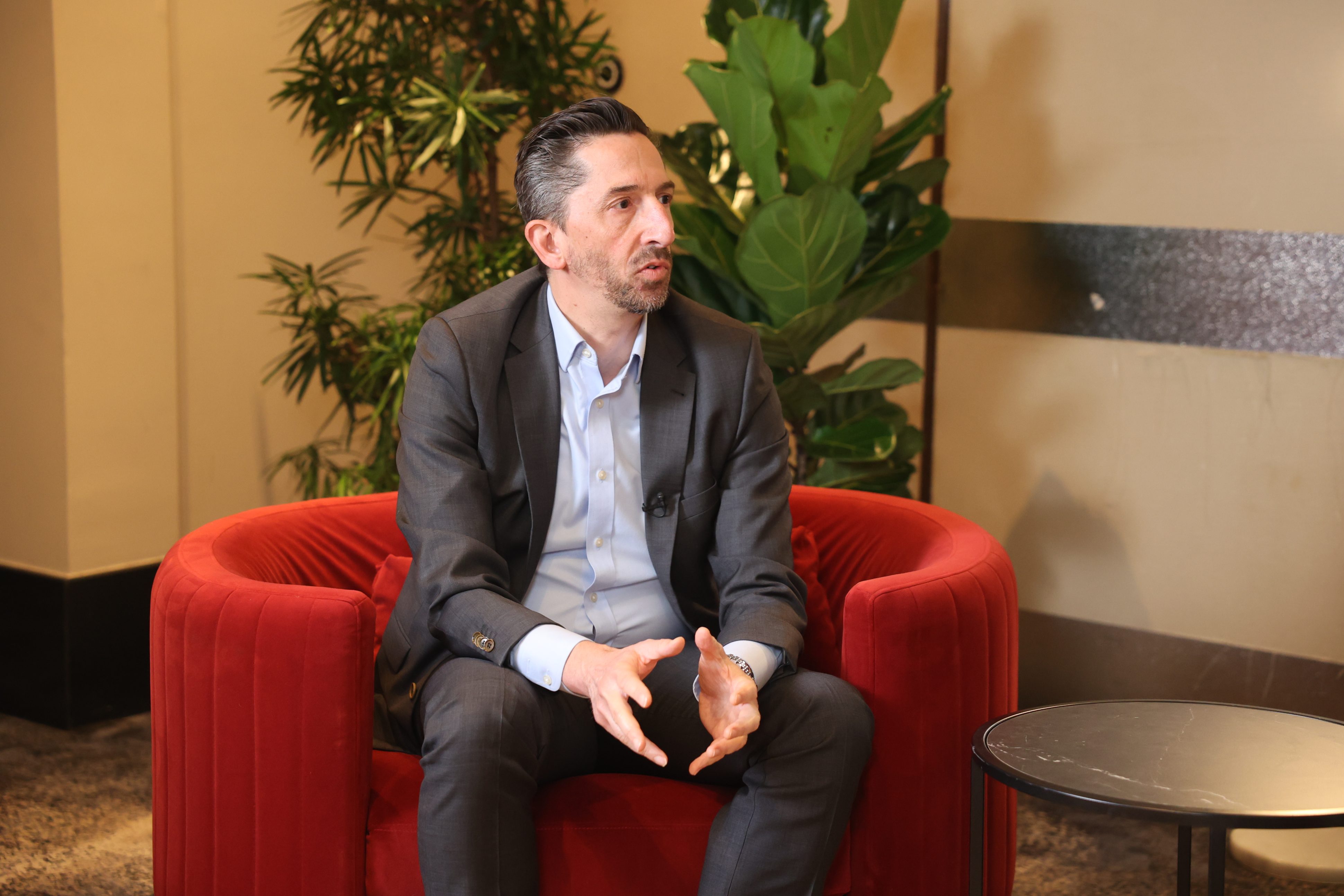As Head of Operations of Australian owned Cloud, Data Centre and Connectivity provider, iSeek, Kimberley Johnston is no stranger to maintaining compute, network, and storage footprint whilst executing an overarching cloud strategy for operationally efficient IT models.
When asked how she steered iSeek to overcome the challenges of 2020, Kimberley shared how supporting customer and employee workforce connectivity was paramount. To do this, she was simultaneously boosting IT capabilities whilst articulating the realistic capabilities of IT to internal and external customers.
At ADAPT’s Connected Cloud and DC Edge event, she discussed with ADAPT’s Senior Analyst, Peter Hind, how she is seeing a sharp increase in co-location and hybrid cloud adoption and is helping organisations to overcome legacy infrastructure in their move to the cloud.
The uptake in online presence in 2020 forced iSeek to bundle their connectivity services as a cloud product set for customers, and they plan to continue their customer communication programmes for staff.
Peter Hind:
Kimberly, this is your second time at an ADAPT event. Could you tell us a bit more about iSeek and the role you perform for them?
Kimberley Johnston:
iSeek’s been in operation since 1998, and I’m their Head of Operations. I head up the data centre, network operation, and service delivery departments.
Peter Hind:
2020 was very much a coming of age for IT with all the challenges presented by COVID.
You mentioned the word cloud, and I can imagine the challenge of working anywhere, any time. What were the challenges that iSeek faced in addressing COVID?
Kimberley Johnston:
Our largest challenges were supporting our customers. We had a rapid increase in connectivity, so many companies sent their people home; they needed internet, they needed it quickly.
We were trying to deploy that while having our distributed workforce.
We were increasing our collaboration, our communication to try and get things to happen quicker than they normally would.”
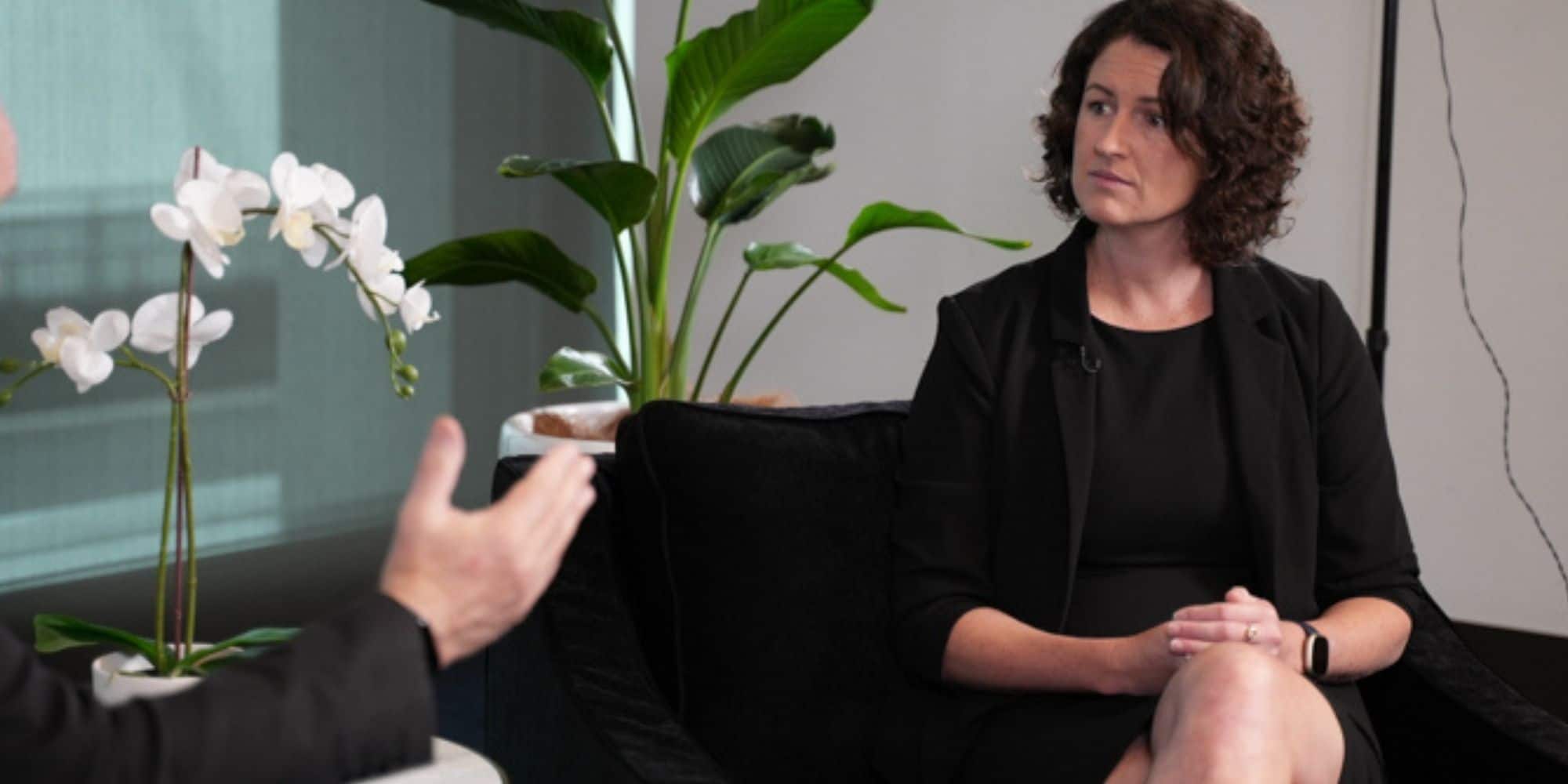
We had to support customers’ view via Zoom meetings, Teams meetings; try and explain what we could offer as far as migration strategies to customers, but remotely—so trying to give them that confidence in our capabilities, not a face-to-face interaction.
Peter Hind:
You’ve got to service people remotely. You’ve got to give some personal service.
Kimberley Johnston:
Absolutely.
Peter Hind:
That’s so they feel you care. I also heard you say there, Kimberley, that you’ve got multiple clients, and they all want to scale rapidly.
Kimberley Johnston:
Yes.
Peter Hind:
Isn’t there a competition between those clients, who gets the most attention?
Kimberley Johnston:
Absolutely. That’s where you have to balance things, as well.
You have to set expectations with customers. Everyone was very panicked.”
At the same time, they had customers they had to service. They had internal people trying to get access to systems. It was definitely about that focus on customer service while setting an expectation.
That was very, very challenging for IT companies that were used to having something happen very quickly—trying to get them to understand our capabilities at that time—also increasing our capabilities.
Peter Hind:
ADAPT research shows that more and more organisations are moving their workloads to the cloud. Is that something you’re seeing in your client base? How do they want to extend their use of cloud?
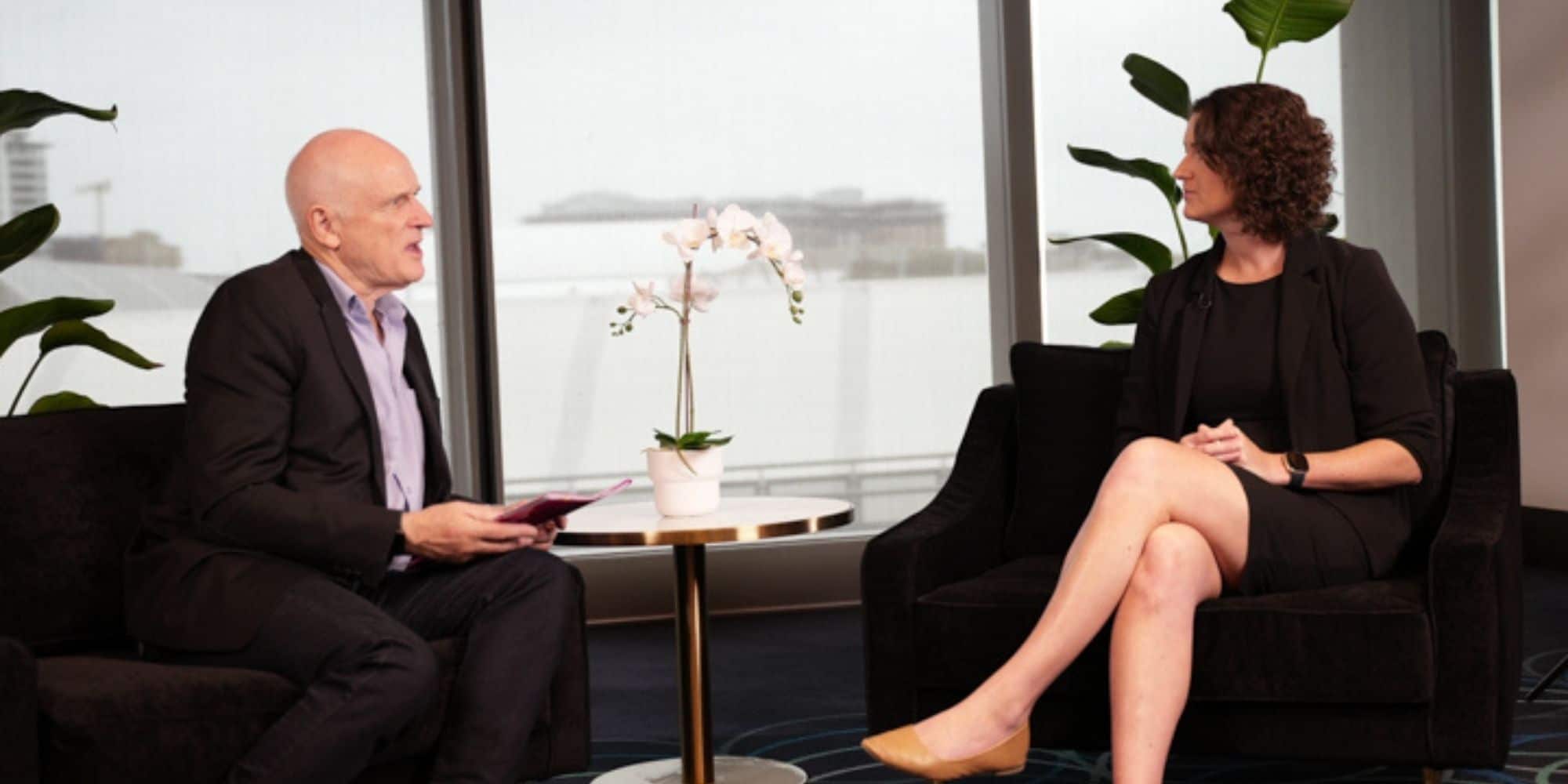
Kimberley Johnston:
We’re seeing a lot more customers inquire about cloud.
We’re seeing a lot of our co-location customers now inquiring about moving different workloads to cloud. We very much see this different hybrid experience with our customers.”
They do want to retain co-location services or infrastructure and move some workloads to the cloud. We haven’t seen a trend at the moment where customers are moving solely to the cloud.
Peter Hind:
And those applications they’re keeping on-premise, or in data centres, is it security issues, data privacy, what are the factors, or is it the legacy environments are too hard to shift?
Kimberley Johnston:
It’s a legacy environment, to a certain extent. We also see that there are applications that they can’t move to the cloud at this stage. And it is at this stage.
It’s something that the applications are not being tailored for a cloud environment at this stage. Depending on the number of people using that application, it could eventually be migrated to the cloud.
Peter Hind:
IT has kept businesses running during the last 12 months. We couldn’t have been able to work remotely without the digital transformation capabilities that we’ve given people.
Have you seen that change the dialogue with people in the executive regarding the capabilities of what IT can provide?
Kimberley Johnston:
We’re a complete IT company. Everything about our company is technology. We could do co-location, cloud, and connectivity.
Our focus is always on technology and infrastructure.”
The biggest thing with our company is we see a focus on a different product set. A financial spend on a particular product set rather than maybe one of the other offerings.
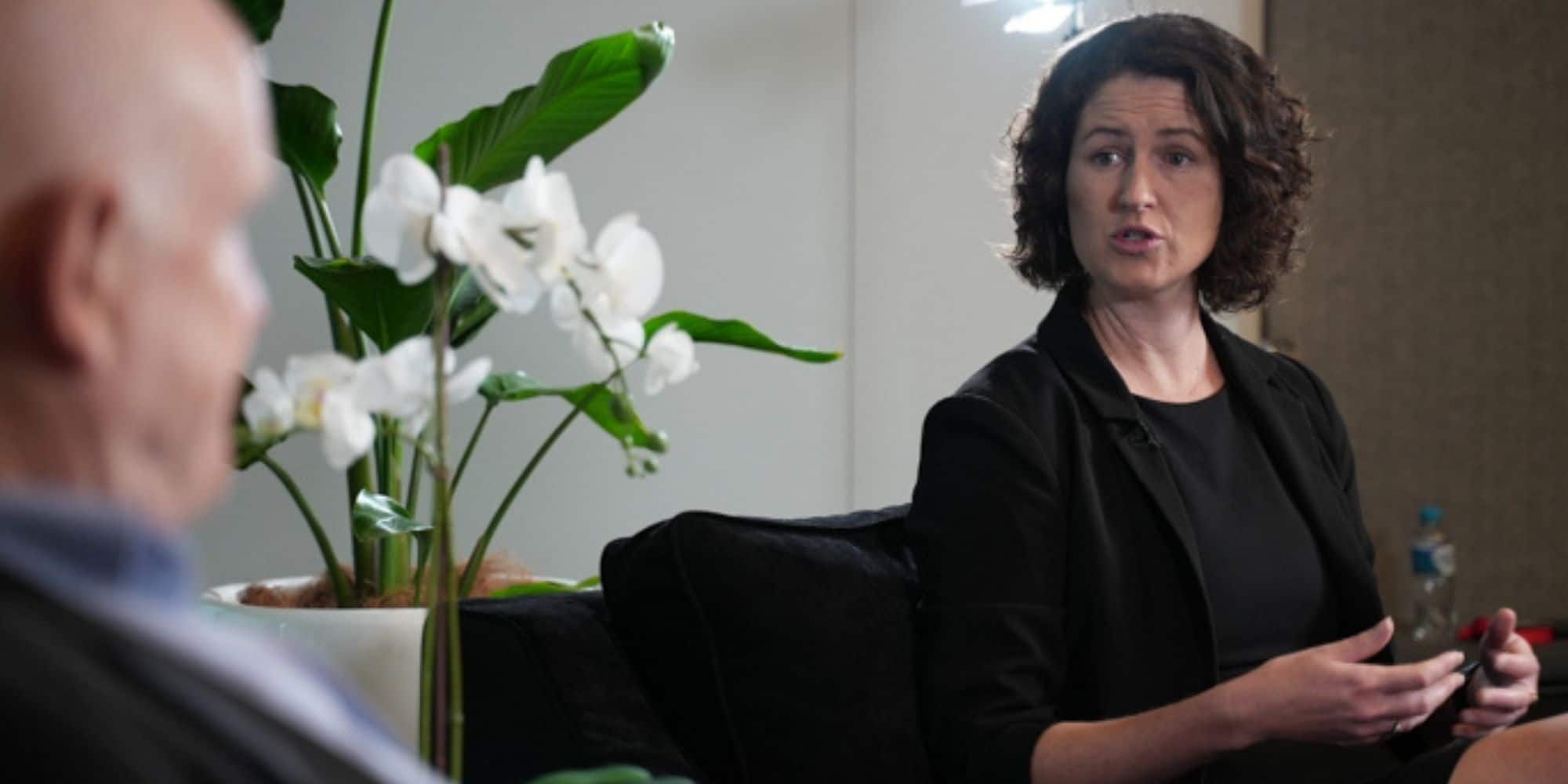
Peter Hind:
I’m curious about those different product sets because I imagine, for your salespeople, that indicates they’re talking different ideas to customers rather than maybe their more traditional ones before COVID.
What examples of these do you have, Kimberley?
Kimberley Johnston:
With COVID, there are a lot more discussions around the cloud. Whereas previously, we were probably having a lot more connectivity discussions about getting offices in our ware network and a few co-location services.
Now we’re talking a little bit more about connectivity and cloud how we can bundle our different services to offer the customer a smooth transition.”
We’re using our core capabilities to migrate them, either into our facility, into our cloud also, providing them connectivity.
Peter Hind:
People say they don’t want to go back to the old ways of doing things. We talk about the new normal. What do iSeek see as a new normal?
Kimberley Johnston:
Wow. I don’t even know if we have a normal yet. It’s been a moving target.
We’ve got infrastructure where we can’t work from home. We have many policies and procedures, a little legislation that we’ve had to deal with this year with COVID.
We’re going to be a little bit savvier with legislation, also with our customer communication. We’re seeing a lot more, rather than customers coming to the site utilising our remote hands.
We’re going to have to start education programmes with our staff members. Probably increase that core competency so that we can offer more to our customers. Their new norm will dictate our new norm.




